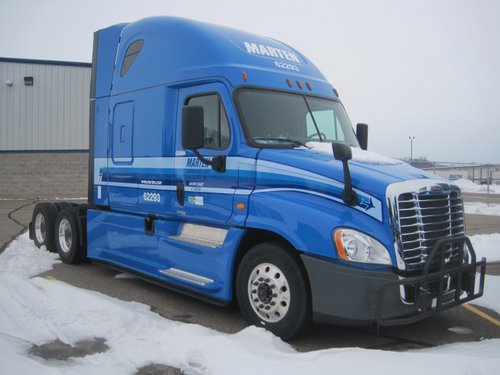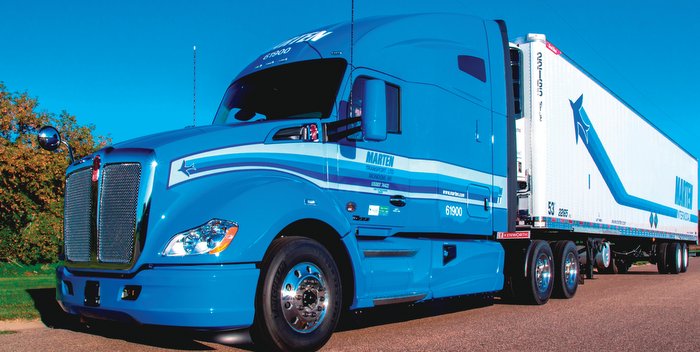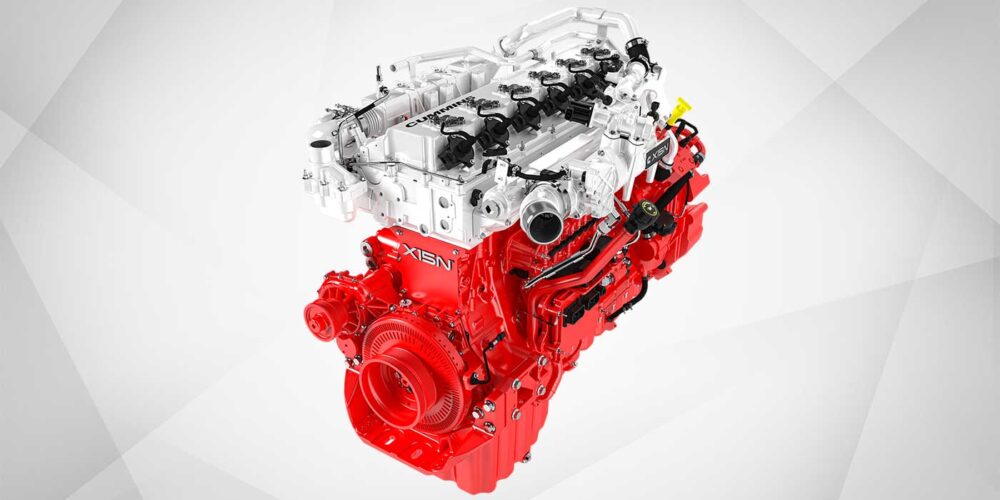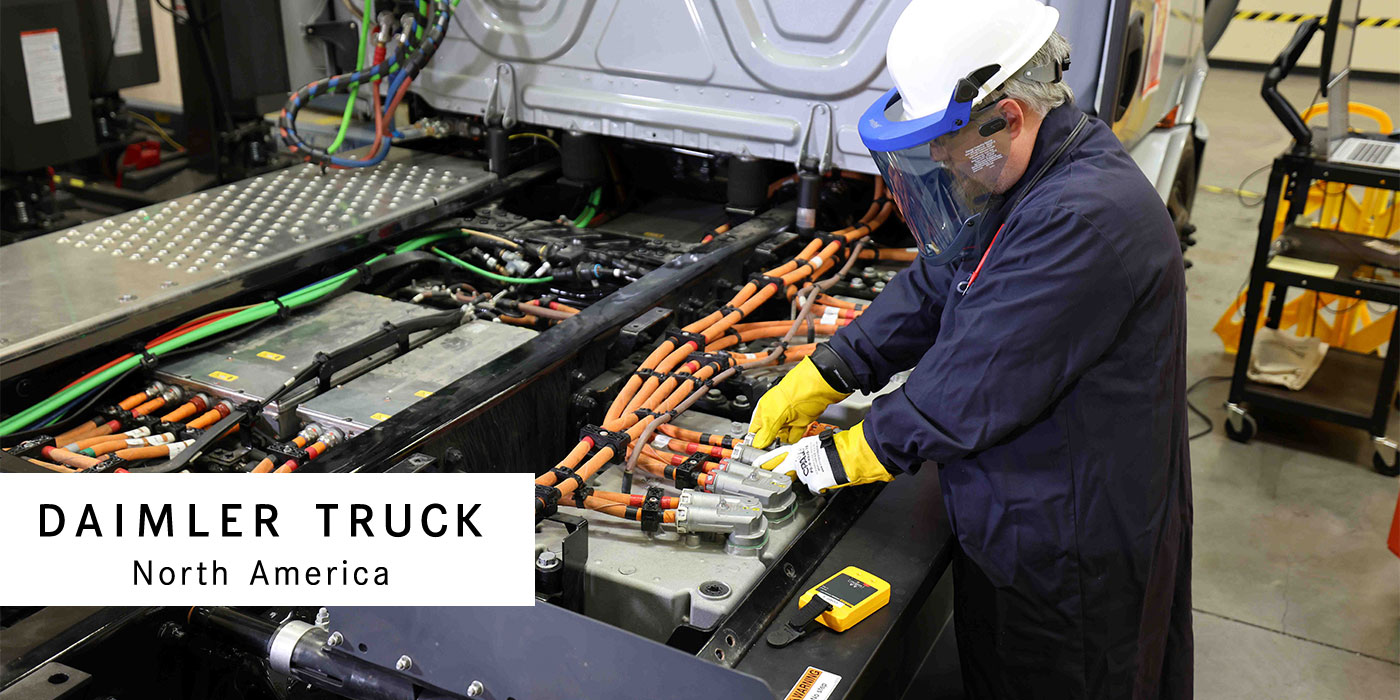“We decided three years ago to outfit the entire fleet with OnGuard and the results have been very good,” Meyer says. “We had a test group of 10 systems that we operated for five months to understand its capabilities along with its dependability. We evaluated the reduction in rear end accidents by reviewing year over year costs. While the system will not stop all accidents, the ones that occur are reduced in severity.”
Marten Transport takes driver satisfaction seriously, Meyer notes, especially when it comes to the equipment they operate. “Additionally,” he says, “we’ve modified our driver compensation package and made other changes to provide drivers with a nice paycheck. To compete in this business, you have to give your drivers a safe and comfortable work environment, and you need to have quality equipment that doesn’t break down.”
Free and open exchange
Marten Transport is currently operating 18 shop facilities staffed by 250 technicians along with in-service prep, body repair and administrative personnel. “Our maintenance management systems are directly connected to our operations group,” Meyer relates. “Transparency allows both departments to operate as one when it comes to servicing and routing equipment. Our leadership group drives this free and open exchange between maintenance and operations.
“From a maintenance standpoint,” Meyer continues, “we fully comprehend our role in providing operations with the ability to generate revenue. Uptime is watched very closely and reviewed multiple times daily. We never lose focus of the fact that our customers’ satisfaction, our drivers’ livelihood and our profitability are all contingent on our asset’s uptime.”
An ongoing goal in the maintenance operation at Marten Transport is to keep as much work as possible in-house. “While the more we can do internally the more we can ultimately control uptime,” Meyer shares, “we also expect a lot from our vendors, especially when it comes to support after the sale. We’re firmly focused on aligning ourselves with suppliers that not only offer premium products but support any issues we have down the road.”
As an example, Meyer points to the more than 600 new Kenworth T680s that Marten Transport has purchased over the past few years through Wisconsin Kenworth. The excellent support that the carrier receives from the dealership, he notes, includes parts availability through an extensive inventory and daily delivery services. Additionally, to help Marten complete its own work on time, some service and warranty work is performed at either Wisconsin Kenworth locations and as required at Marten Transport facilities.
Business model transition
The high level of success that Marten Transport continues to achieve by focusing on practices that provide outstanding customer service is driven by Randy Marten, the son of the company’s founder and namesake,  Roger Marten. In large part, the younger Marten has overseen the transition of the company’s business model in recent years.
Roger Marten. In large part, the younger Marten has overseen the transition of the company’s business model in recent years.
“We’ve moved from a largely over-the-road operation to one that’s predominately regional,” Marten says. “Today, Marten Transport is also in the long-haul intermodal business, which regionalizes deliveries by putting more than 700 trailers on trains each day to cut the average length of haul in half from 1,200 to 650 miles. That move and adding terminals to support our regional operations has enabled us to provide added service and value to customers in specific traffic lanes, as well as give our drivers flexibility with home time and freight hauling opportunities.”
Other areas of growth at Marten Transport include the company’s logistics unit, which provides intermodal and brokerage services, as well as its dedicated operations.
“That activity is a way to capitalize on the expanding demand of outsourced transportation services by creating new fleets or converting or supplementing existing private fleets,” Marten explains. “Our dedicated operations provide customers with drivers, tractors, trailers and management services for their exclusive use.”
Since its founding in 1946 when Roger Marten, at the age of 17, began delivering milk and other dairy products, Marten Transport has continually challenged the status quo and found ways to provide the most cost effective alternatives that result in its customers gaining a competitive advantage in the markets in which they compete. The history of Marten Transport is a story of how vision can lead to success as one of the country’s largest temperature control services providers.














